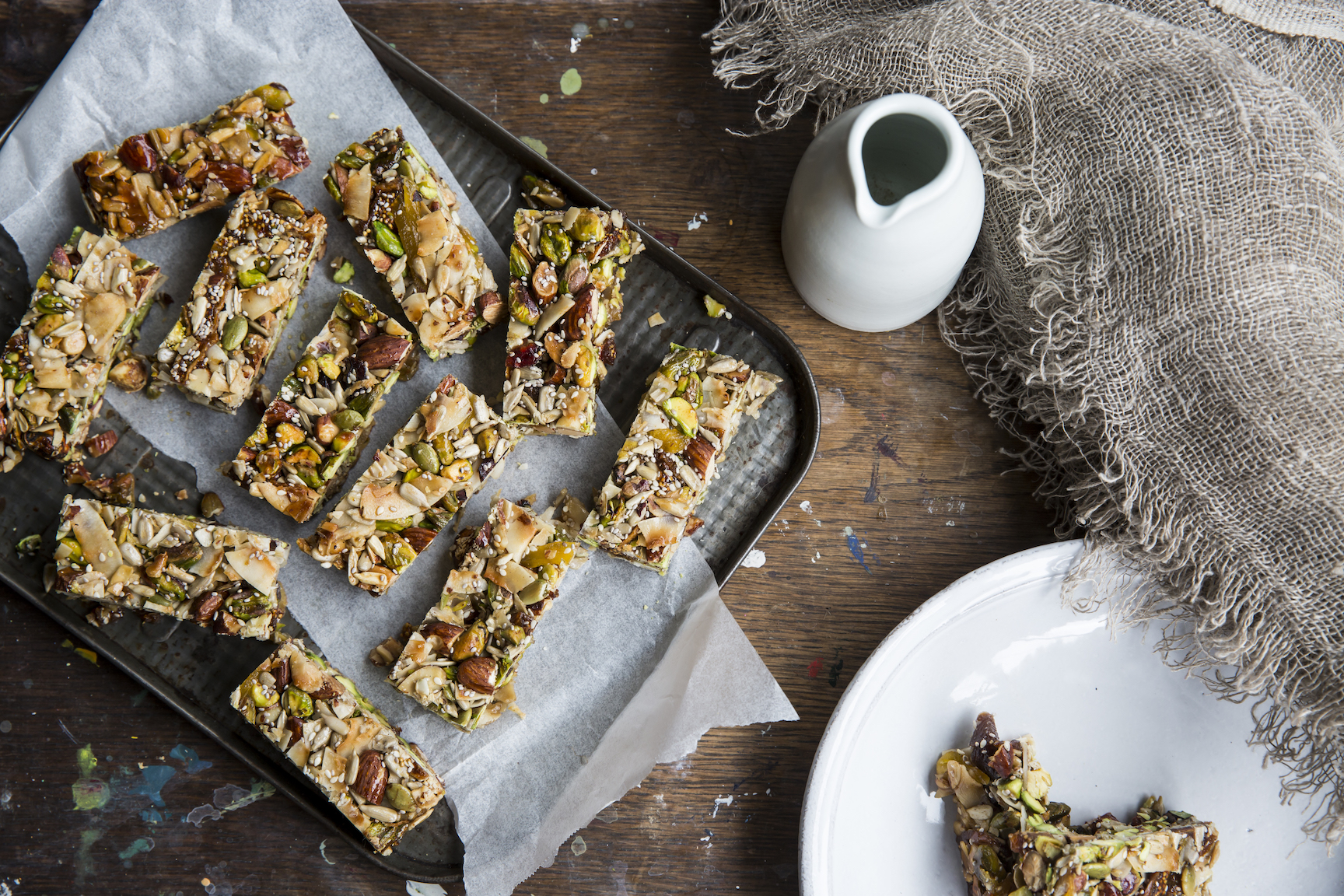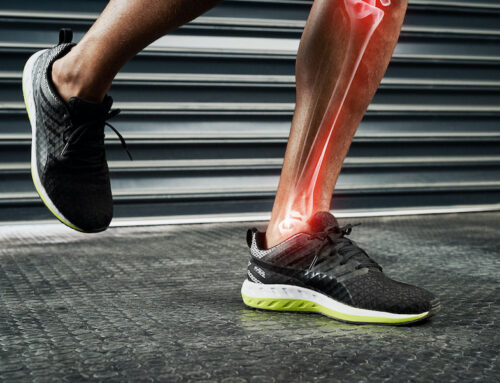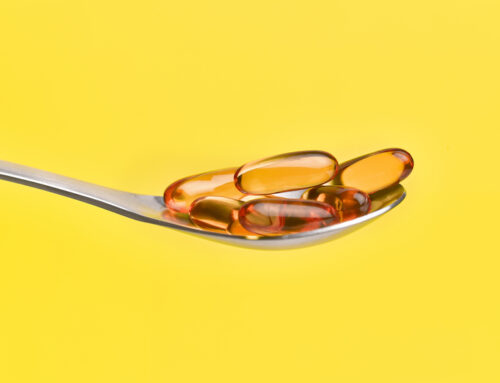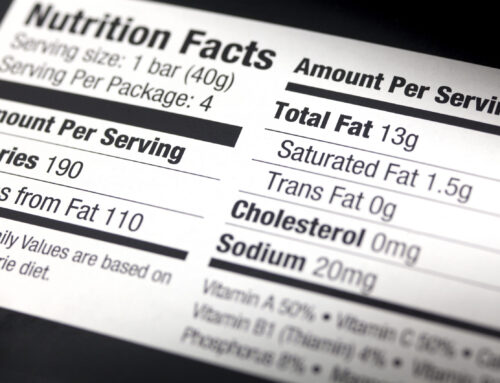Welcome to 2019 (or half way through), a time where people are in a rush to do everything, and convenience trumps almost anything. ‘Speed’ has pretty much revolutionised the way most humans live their lives. It used to be that you’d travel miles in the hope you might catch someone at an address to do business, shortly evolving on to the sending of letters or telegrams and now, personal mobile phones which connect you to pretty much whatever, whenever, wherever you want. Unfortunately, the modern human has began to take this approach with diet and lifestyle. People embarking on the yellow brick road to find the illusive holy grail of diet and lifestyle ‘quick fix’ is fast becoming the norm.
In this article my aim is to shed some light on the ‘diet bar’ or ‘protein bar’ or ‘snack bar’ most retailers are trying to shift of their shelves and into your tummies!
Protein has fast become a buzz word in both the food and fitness industry. Pimping your meals and snacks out with protein would be the equivalent of putting jet fuel in your daily drive car. Whilst it is true that increasing amounts of protein in the diet significantly improve the chances of weight loss and the development of lean mass, it shouldn’t be done so at punching a hole in your daily macros!
I constantly get offended at the crap some companies try to sell the desperate consumer. ‘Protein Snickers’ does not escape the fact that it is still a Snickers bar, but seemingly when they boast that the Protein variant has 30% more protein (the standard Snickers has 3g of protein in a 47g bar) suddenly they become the snack of choice for the would be weight loser. Similarly, magic bars that boast ‘low carb’ ‘low fat’ ‘high protein’ trick people just the same. As we are aware (or should be), different food items and macro nutrients digest in the body at different rates. What you tend to find is that the magic power bar I have just described is made up of things which digest at either an incredibly slow rate, or things which hardly (or at first thought to) digest at all. Things that digest slowly or not at all pass happily by through your bodily processes and eventually find their way out. It is for that reason these bars are made in this way. They label these calories essentially as free calories. For instance, if you have a bar with a total kcal content of 200kcal, and there was 100kcals worth of fibres and fats your body didn’t absorb, they simply boast that it’s 100kcals. They do this so that they are able to manipulate the food label into looking impressive to the unsuspecting dieter and sell some serious volume.
A recent study has been done on a variety of bars, and it has now been proven that the ingredients which were first thought to not be digested by the body, are actually 85% as likely to be broken down and stored as energy when these are consumed in a ‘hungry’ state, so they aren’t really effective for aiding weight loss at all.
As ever at Body Planners we don’t think that’s right. Though we do believe that protein snacks have their place but these should be made up of wholesome, real food ingredients as opposed to lots of letters and fancy ingredients you can’t pronounce the name of. It seems that such a bar does not exist on the market, but that doesn’t stop you making your own, just like we have. see recipe below.
The beauty about making your own is that you can tailor them to you, using the recipe function in your Fitness Pal app. Simply add in the ingredients, tell MyFitnessPal how many servings it makes, and voila, a tasty snack that fits your macros and nourishes your body more effectively is all yours.
Obviously, we are aware that life gets in the way, and a little convenience can go along way, but so can a little preparation. As with most things in a program designed to help you live a little healthier and train better, it’s a case of damage limitation. Is your diet actually that good that the only way you can make up those deficits are with fad items? It is worth noting that these bars should be supplementary to a good, healthy diet. They should not be used as a replacement or staple source of macros, but just add to, and tidy up the rough edges of a good foundation of nutrition you consume regularly.
Recipe for Low-Calorie granola bar
- 340 grams rolled oats
- 100 grams raisins
- 100 grams almonds (sliced)
- 2 tablespoons brown sugar
- 2 tablespoons wheat germ
- 1/4 teaspoon salt
- 1 egg
- 2 egg whites
- 34 grams maple syrup
- 1/2 teaspoon vanilla extract
-
Preheat your oven to 325 F. Now, place aprox 70 grams of the rolled oats in a blender or nutribullet. Whizz for five to ten seconds until ground into a coarse powder. Put to one side.
-
Coarsely chop the raisins into smaller pieces. Set aside. Mix all of the dry ingredients together in a bowl. Combine the rolled oats, the processed oats, the almonds, raisins, wheat germ, salt and brown sugar. Then in a separate small dish, whisk the egg and egg whites with a fork and add the maple syrup and vanilla. Pour this mixture over the oat mixture and stir well with a spoon so all ingredients are coated wit the mixture.
-
Coat an 8×11 inch baking tray with coconut oil or low fat cooking spray. Use the back of a large spoon to press the oat mixture firmly and evenly into the tray. Bake for 25 to 30 minutes or until the edges of the granola slab become lightly browned. Allow to cool for five minutes in the tray and then turn out onto a wire rack to cool completely. Once cool, cut the slab into twelve equal bars.
Macros per bar
131 Calories
5 grams Fat
19 grams Carbs
4 grams Protein







 >
>

Leave a Reply